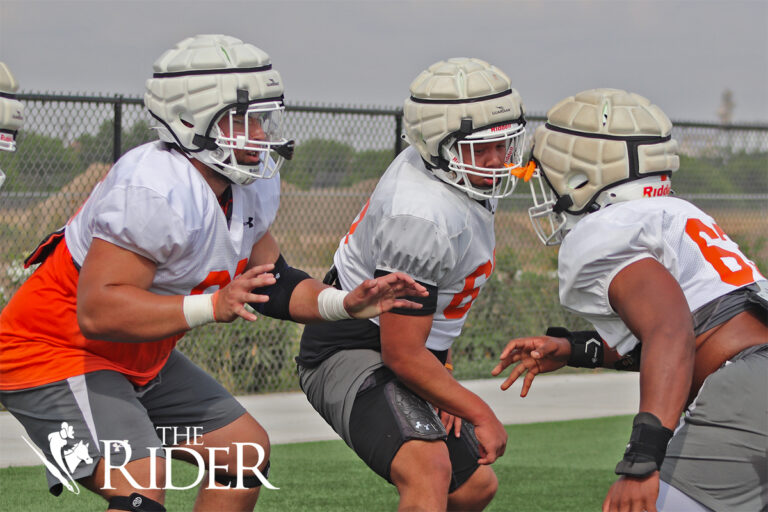
While UTRGV students were enjoying Spring Break, the baseball world received shocking news. ESPN’s Jeff Passan tweeted on March 18 a story on the Department of Defense’s website about Jackie Robinson’s military service was removed.
Make no mistake, this was no accident. This was an intentional effort on the part of the Trump administration in its efforts to erase and censor anything it deems as “woke” or “DEI.”
The story stayed offline for a while, with the URL to Robinson’s page containing the phrase “deisports” signaling that this was an intentional removal, not an error.
After uproar and disgust from baseball writers, fans and activists, Robinson’s page was reinstated, and the URL was returned to the original one. However, the damage has already been done.
The stories that need to be told the most are often the first to be censored. And the best way to resist censorship is to keep telling them.
You can not tell the story of baseball without Jackie Robinson. And you can’t tell Jackie Robinson’s story without telling the story of systemic racism in baseball and in American society.
Jackie Robinson was drafted into the US Army in 1942 and was assigned to a segregated unit, joining the 761st “Black Panthers” tank battalion.
In 1944, he refused to move to the back of a segregated army bus in Fort Hood, Texas and was court-martialed. He was later acquitted and coached army athletics until his honorable discharge that same year.
After the army, he entered professional baseball, playing with the Negro League’s Kansas City Monarchs before making his National League debut with the Brooklyn Dodgers in 1947 as the first black player in Major League Baseball.
Robinson was an excellent baseball player. He was the 1947 Rookie of the Year and a six-time NL All-Star while winning the NL MVP in 1949 and a World Series title with the Dodgers in 1955.
According to Baseball Reference, he was a career .313 hitter and stole 200 bases in 11 seasons in professional baseball.
He also experienced unimaginable vitriol and racism for breaking baseball’s long-standing color barrier, being top two in hit-by-pitch in both of his first two seasons in the senior circuit.
After his career, he was elected to the National Baseball Hall of Fame on the first ballot in 1962. His number 42 was retired league-wide in 1997, the only player with that honor.





